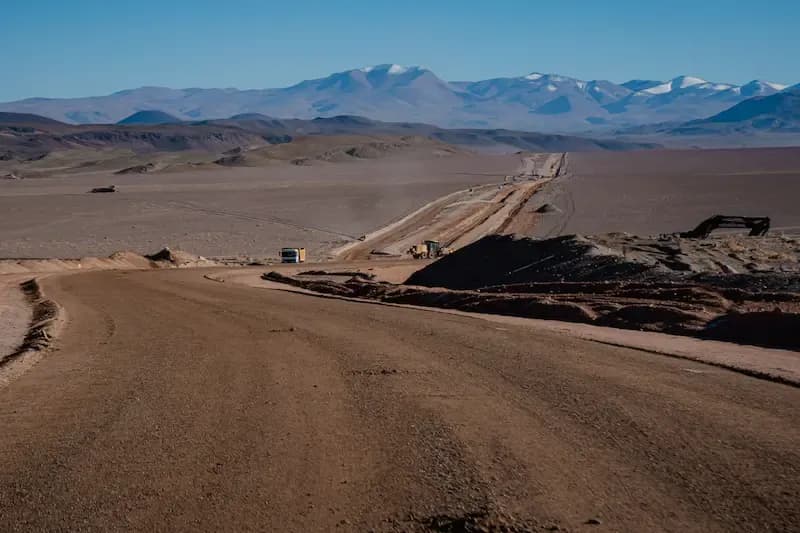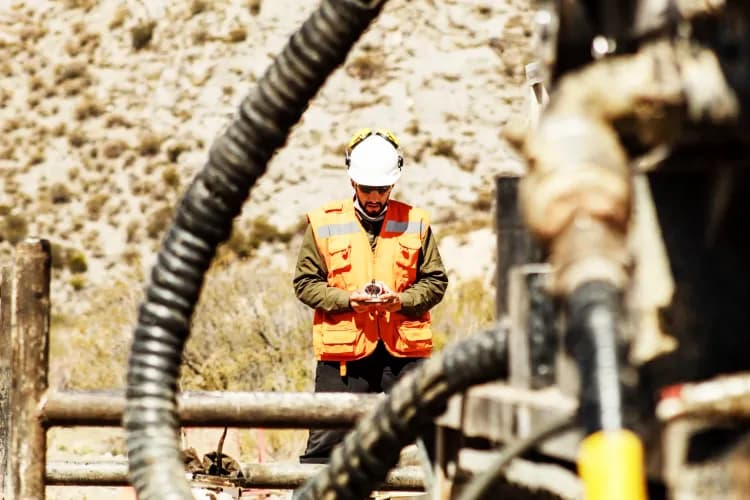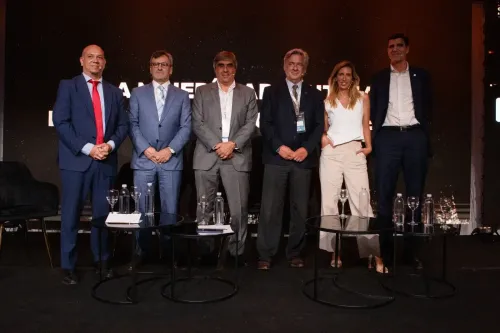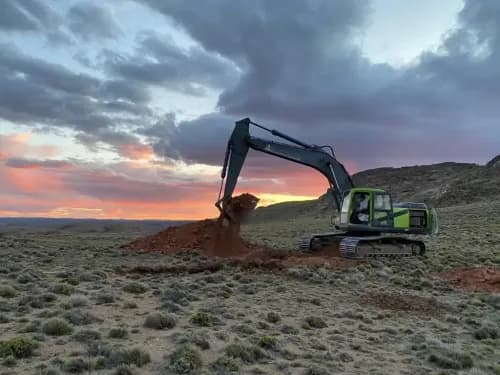With the aim of strengthening infrastructure in the provincial border region, the Government of Catamarca announced the start of the paving of Provincial Route No. 43 in April, along with the progress of the construction of the new hospital in Antofagasta de la Sierra. Both projects are financed through the mining trust fund of the Salar del Hombre Muerto.
By Panorama Minero
These investments aim not only to improve connectivity between Catamarca and Salta in the Puna region, where various lithium projects are located, some of which are shared by both provinces, but also to provide essential infrastructure to the indigenous communities. Energy, roads, and services are currently very costly to bring to these regions, and the development of these projects will enhance the quality of life and create new opportunities for the local population.
During his visit to the Antofagasta de la Sierra department, the Governor of Catamarca, Raúl Jalil, along with provincial authorities and Mayor Mario Cusipuma, supervised the progress of the works on Route 43 and the hospital.
Paving of Route 43
The provincial government is advancing with the first stage of the paving on the section connecting the Villa de Antofagasta with the border with Salta. The contracted companies are already working on the base and ground preparation, with the projection to begin paving the first 5 kilometers in the first half of April. Additionally, soil movement and embankment construction are taking place in other areas.
New Hospital: 51% Progress
Regarding the construction of the new hospital in Antofagasta de la Sierra, the project is 51% complete. Architect Erika Walter, the project manager, explained that work is currently underway on the installation of the air conditioning system, electrical wiring, and adobe cladding, ensuring the building’s efficiency in an environment with extreme weather conditions.
The hospital will cover 1,200 m2 and will include a central area with outpatient clinics, an emergency section, four inpatient rooms, a delivery room, and a shock room. It will also have a service area with machine rooms, spaces for managing pathological waste, vacuum pumps, among others.
Mayor Mario Cusipuma and the Ministers of Infrastructure and Civil Works, Juan Marchetti; Social Development, Gonzalo Mascheroni; and Education, Dalmacio Mera, as well as other authorities, accompanied the day’s activities.
Mining Companies in Antofagasta de la Sierra
The Antofagasta de la Sierra department is home to various mining companies dedicated to the exploration and exploitation of lithium, some with projects shared between Catamarca and Salta. These include:
-
Rio Tinto: After acquiring Arcadium Lithium, the company is in charge of the production of the Fénix project located in the Salar del Hombre Muerto.
-
Lake Resources: Responsible for the Kachi project in the Salar Carachi Pampa.
-
POSCO Argentina: Developer of the Sal de Oro project in the Salar del Hombre Muerto, with operations in Catamarca and Salta.
These projects consolidate the region as a strategic hub for lithium production, a key resource for the global technology and energy industries.


























